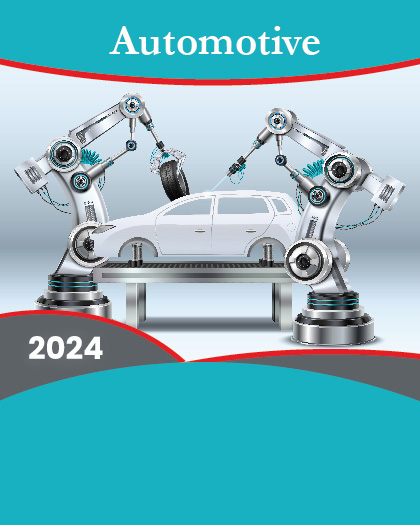
According to a recent report published by Allied Market Research, titled,"Truck Platooning Market by Technology, Platooning Type, and Communication Technology: Global Opportunity Analysis and Industry Forecast, 2018 - 2025,"the global truck platooning market size was valued at $500.9 million in 2017, and is projected to reach $4,590.3 million by 2025, registering a CAGR of 32.4% from 2018 to 2025.
At present, North America dominates the market, followed by Europe, Asia-Pacific, and LAMEA. U.S. dominated the global truck platooning market share in 2017, whereas Mexico is expected to grow at a significant rate in U.S. during the forecast period.
Truck platooning technology and adoption of autonomous trucks have remarkable advantages such as reduction in fuel consumption, fuel efficiency, and others. Driver assistive truck platooning has been tested with success and might be introduced on roads as early as 2019. For instance, in April 2016, six 2 or 3 truck platoons arrived in Netherlands for the European Truck Platooning Challenge (ETPC). In this extensive test, six platoons successfully drove several 1,000 kilometers on trans-European Road Network, crossing multiple national borders. According to this test, it was clear that truck platooning is possible with two or more trucks from same brand on pubic roads.
According to the research by National Renewable Energy Laboratory affiliated with U.S. Department of Energy, trailing vehicles in the platoon benefits from fuel saving around 9.7%, while the leading vehicle benefits on fuel consumption by consuming 5.3% less fuel due to the resulting vacuum effect. In the coming years, the trucks will be fully autonomous, and the leading truck will also take control of the driving. Driver in the tailing trucks in the platoon will no longer be needed. In addition, development of autonomous technology is accelerating, and the new range of trucks are coming equipped with certain level of automation technology such as micro-video camera, radars and advanced communication technology.
In platooning, two or more trucks drive closely following each other at possibly high speed. A small distance between the trucks is required to obtain significant reduced fuel consumption through increased aerodynamics and correspondingly reduced air drag. To ensure that the gap is small between the vehicles at high speed, platooning trucks require a certain level of automation. This automation is divided into different levels of automation by the National Highway Traffic Safety Administration (NHTSA) and Society of Automotive Engineers (SAE). As of now, the market is in early stage of partial automation and on the verge of developing to more conditional automated vehicles.
Factors such as rise in government rules for emission from transport sector and reduction in fuel consumption drive the growth of the truck platooning market. In addition, truck platooning industry experiences growth owing to supportive government rules for platooning. However, high cost of platooning technology and rise in security and privacy concerns are the factors anticipated to hinder the growth of the truck platooning market. Furthermore, production of fully autonomous trucks for platooning and extension in size of truck platooning fleet is expected to provide a remarkable growth opportunity for the players operating in the truck platooning industry. In addition
Key Findings of the Truck Platooning Market:
Based on technology, the adaptive cruise control (ACC) segment generated the highest revenue in 2017.
Based on platooning type, the driver-assistive tuck platooning (DATP) segment was the highest revenue contributor in 2017.
Based on communication technology, vehicle-to-vehicle (V2V) segment generated the highest revenue in 2017.
Based on region, Mexico is anticipated to exhibit the highest CAGR during the forecast period.
According to truck platooning market analysis, in 2017, North America contributed the highest market revenue, followed by Europe, Asia-Pacific, and LAMEA.
The key players analyzed in this report are AB Volvo, Bendix Commercial Vehicles Systems LLC, Continental AG, Daimler AG, Delphi Automotive PLC, Meritor Wabco, Navistar International Corporation, OTTO Technologies, Peloton Technology, Scania AB, and others.
























